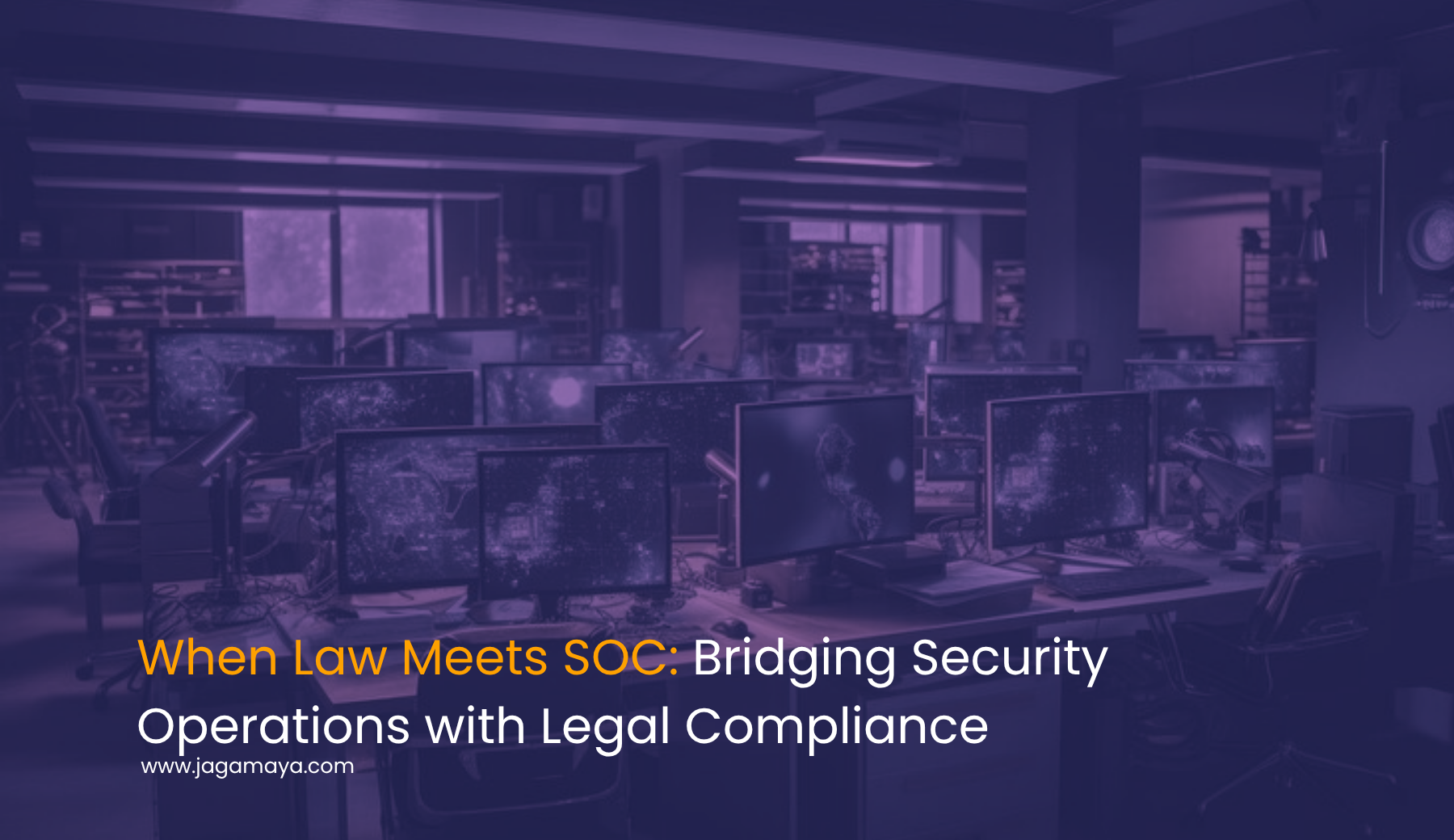In today’s complex cybersecurity landscape, Security Operations Centers (SOCs) must do more than defend—they must comply. Evolving data protection laws, breach disclosure mandates, and data localization regulations demand SOCs that operate securely and legally. Here’s how to bridge security operations with legal compliance:
1. Understand the Regulatory Environment 🧭
Each region imposes its own legal requirements:
- Data residency & sovereignty laws (e.g., Indonesia’s PP 71/2019, Vietnam’s Cybersecurity Law) require SOC logs and alerts to remain within national borders. leocybsec.com+3nubidus.com+3secureframe.com+3docket.acc.com+2databreachtoday.asia+2usasean.org+2
- Breach notification timelines (e.g., Singapore’s PDPA, EU NIS2, GDPR, and future DORA mandates) mean SOCs must detect and escalate incidents within tight windows. en.wikipedia.org
- Privacy-focused intelligence handling requires anonymization, consent management, and policy controls when threat data involves personal information.
2. Build Compliance Into SOC Design
Modern SOCs should be architected with compliance in mind:
- Geo-fenced logging infrastructures ensure data stays local. arxiv.org+12securityinfowatch.com+12nubidus.com+12arxiv.org
- Hybrid cloud deployments allow sensitive workloads to live in private clouds while non-sensitive data can go to public clouds. enterprisedatashield.com+1sangfor.com+1
- Zero Trust frameworks ensure secure access—regardless of where systems reside.
- Automated policy enforcement tools (e.g., CBCMS) maintain compliance across multiple jurisdictions. arxiv.org+12securityinfowatch.com+12okta.com+12
3. Align SOC Operations with Legal Requirements
Operationalizing compliance effectively involves:
- Legal-aligned incident response: Design SOC workflows that trigger notifications aligned with local laws (e.g., 72-hour breach notification). reuters.com+6neumetric.com+6nubidus.com+6
- Robust governance documentation: Maintain policies and SOPs that directly reflect legal mandates—an essential part of compliance frameworks. reuters.com
- Cross-functional collaboration: Embed legal, compliance, and IT teams in SOC governance to interpret and operationalize legal obligations. okta.com+2secureframe.com+2enterprisedatashield.com+2
- Continuous training: Equip SOC personnel with certifications like ISO 27001 and region-specific data law expertise.
4. Deploying Tools & Tech Thoughtfully
- Encryption & anonymization modules help preserve privacy in SOC communications.
- Data retention policies aligned with regulations ensure logs are preserved according to legal mandates, avoiding conflicts with privacy laws.
- Automated compliance monitoring platforms integrate SOC tools with frameworks (e.g., ISO 27001) to identify drift and trigger corrective actions. eventussecurity.com+4secureframe.com+4nubidus.com+4
Conclusion: Compliance Is Defense
In regulated environments, compliance isn’t an add-on—it’s central to SOC effectiveness. By integrating legal standards into SOC design, operations, and governance, organizations can fortify their cybersecurity operations and meet evolving regional and global regulatory demands.
When law meets SOC: protection and legal alignment go hand-in-hand.


Leave a Reply